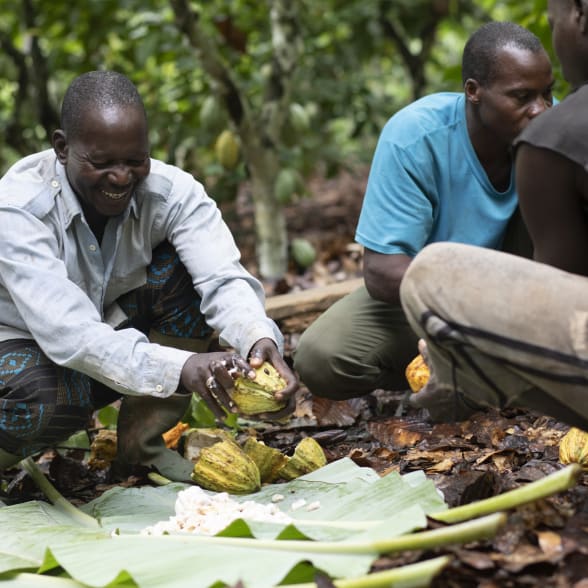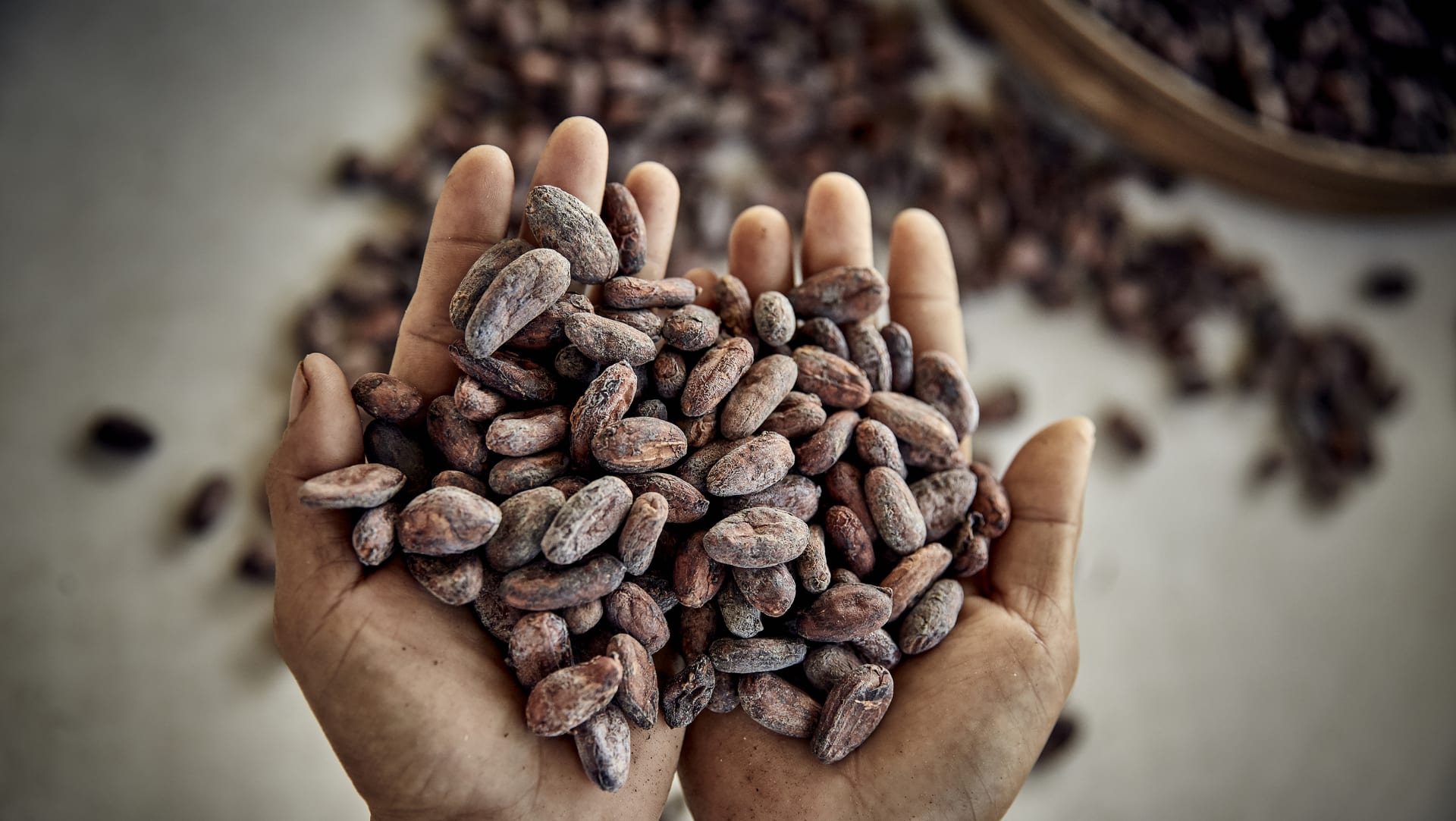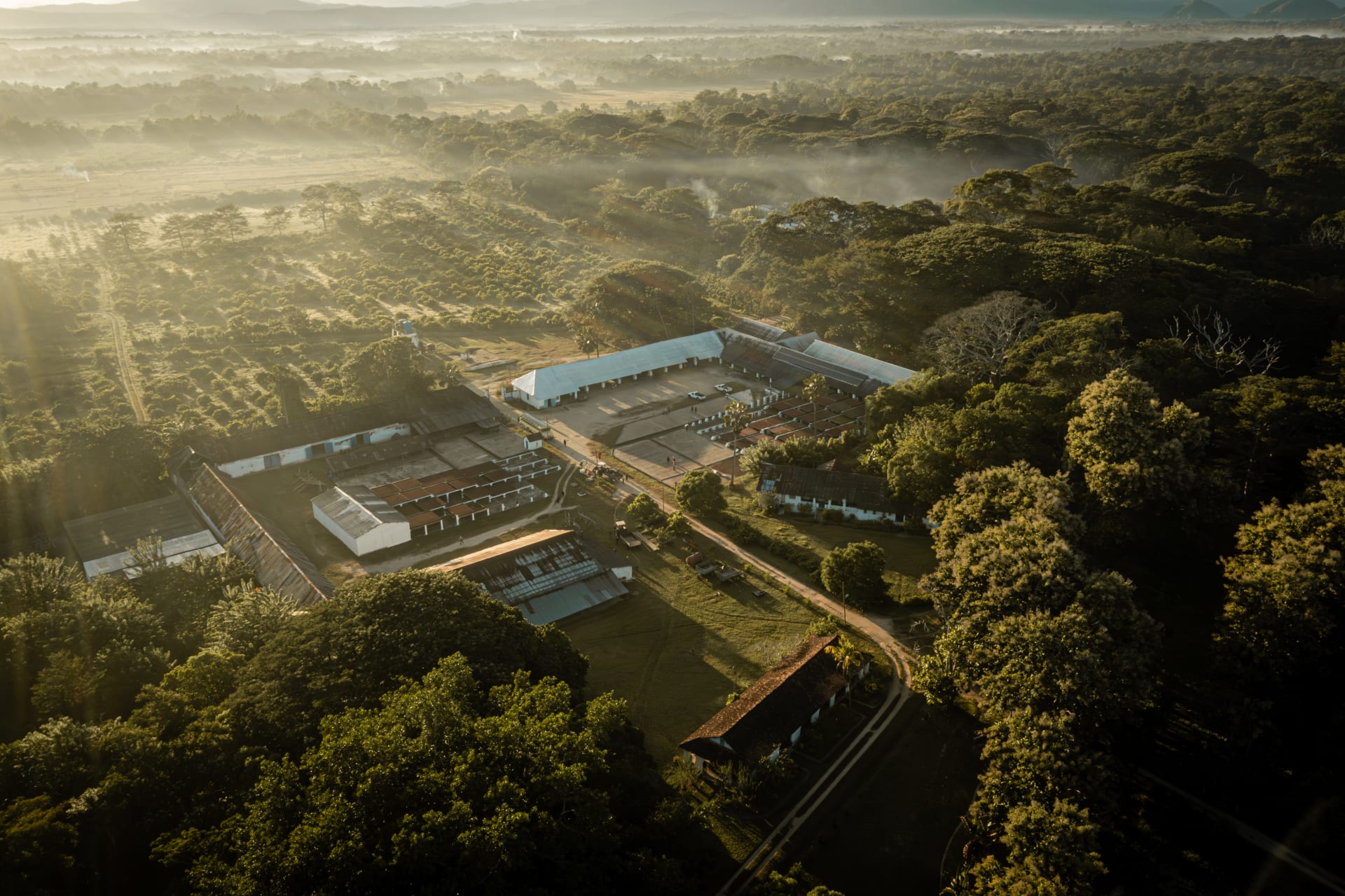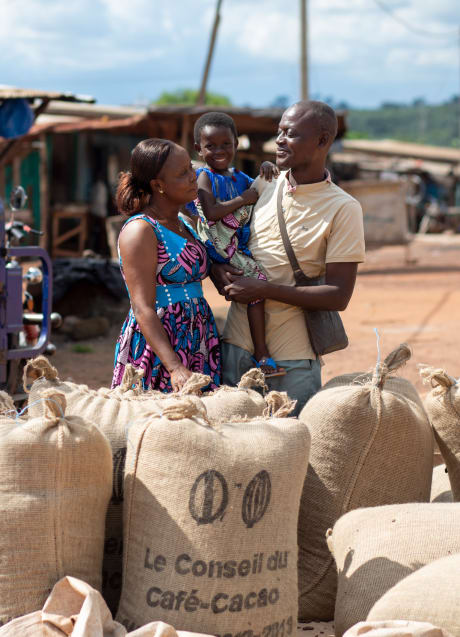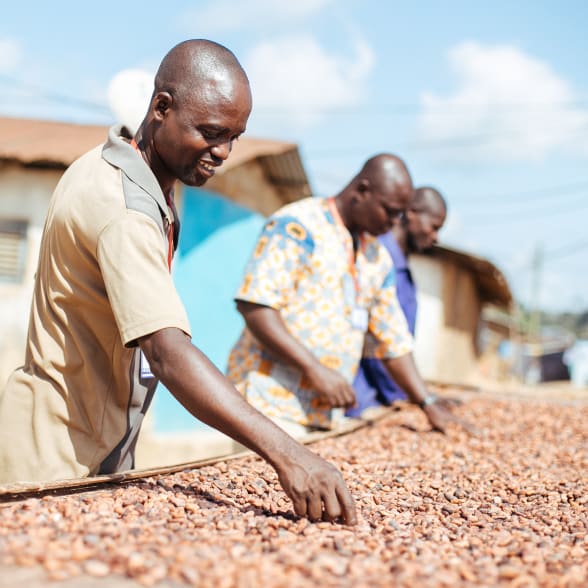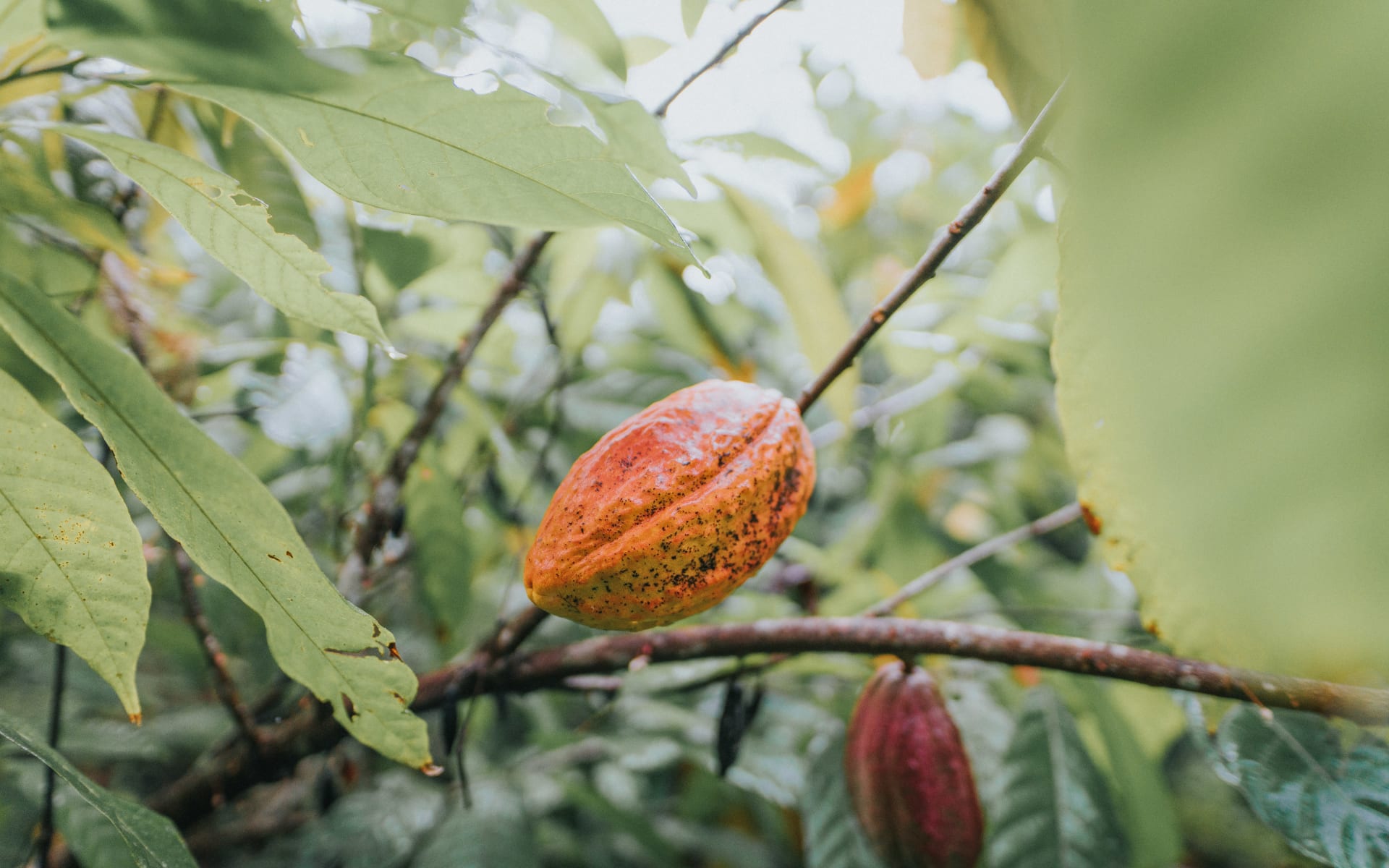Background and aims
Since 2023, the price of cocoa has increased dramatically, reaching +400% over 21 months. This price surge is due to a significant drop in production caused by extreme climatic events, mainly affecting crops in West Africa, particularly Ghana and Ivory Coast, which account for 57% of global production.
According to the ICCO, global cocoa production for the 2022-2023 season was estimated at 5 million tonnes, while for the 2023-2024 season, it is expected to have fallen by 14%, reaching 4.382 million tonnes.
To better understand the impact of market fluctuations, one must first understand the structure of a cocoa supply chain, divided into three parts:
- Upstream: Plantation, harvesting, fermentation, and drying of cocoa beans. The farms in the main producing countries measure between 2 and 5 hectares.
- Primary downstream: Processing of raw beans for the chocolate industry (cleaning, drying, roasting, hulling, and grinding).
- Secondary downstream: Production of chocolate and other by-products.
More than 90% of the world's cocoa production comes from about 5 to 6 million smallholder farmers.
In this context, securing income and investing in tools to transform agricultural practices remains difficult for cocoa producers. To address this, following the definition of reference prices for a living income in their countries, Ivory Coast and Ghana have implemented mechanisms to guarantee a minimum price to producers, involving the payment of a Living Income Differential (LID) of $400 per tonne, paid by all buyers.
At Valrhona, we are aware that these price regulations are not enough to guarantee a decent standard of living within the producer communities we work with, and we are acting accordingly.
